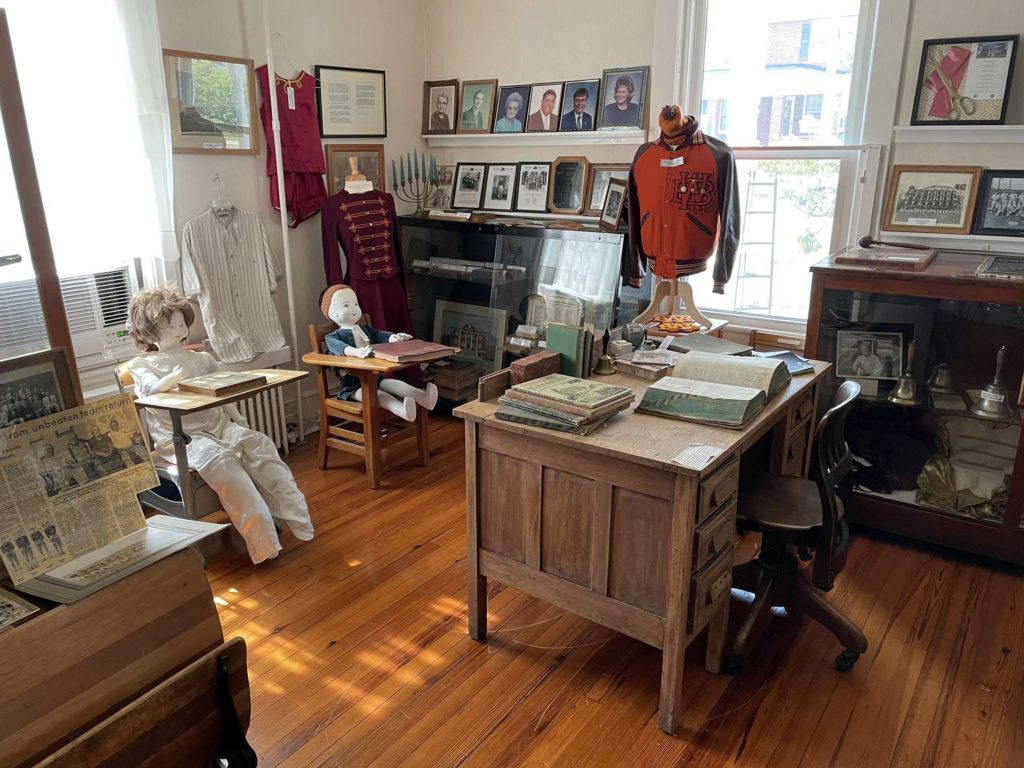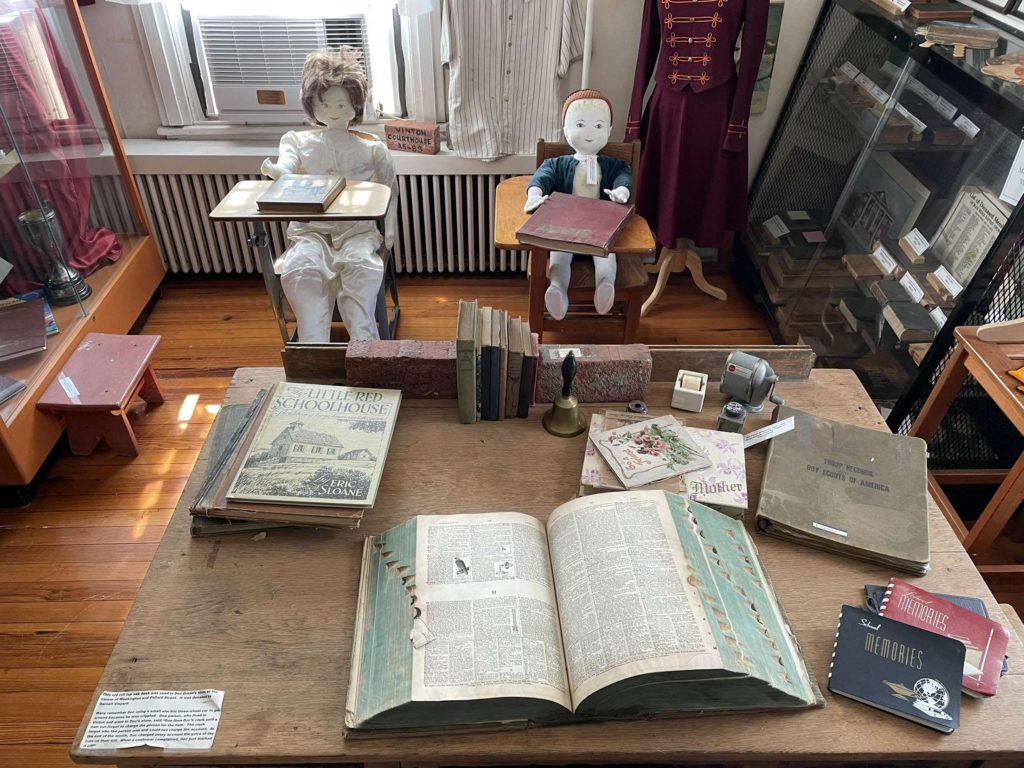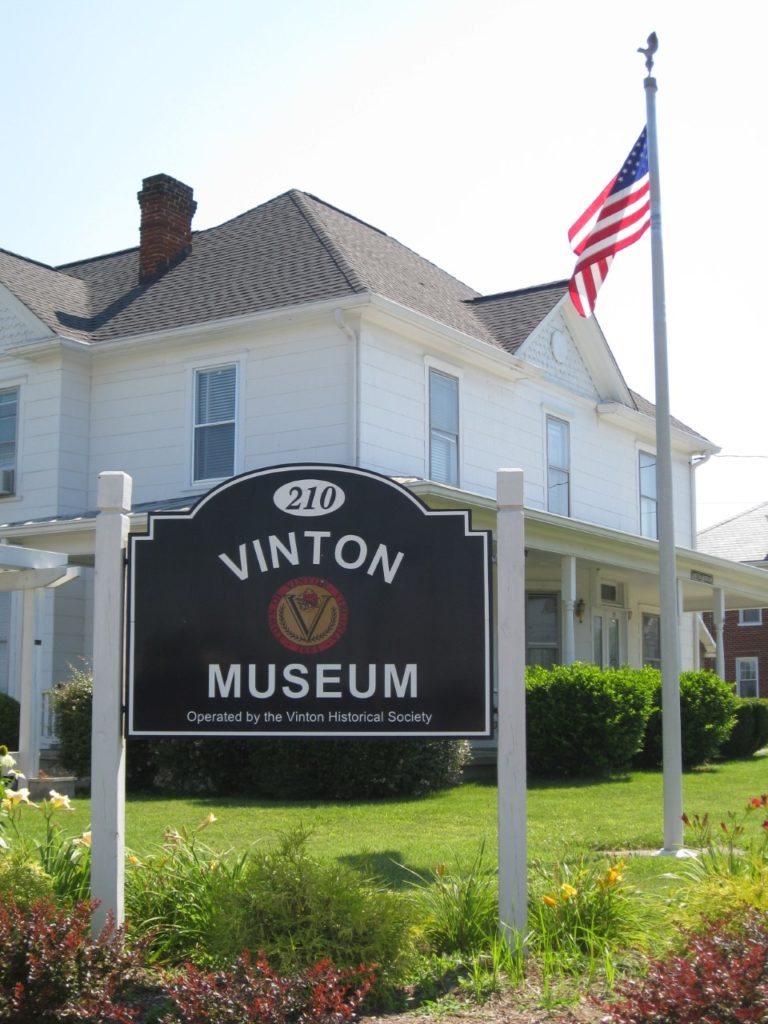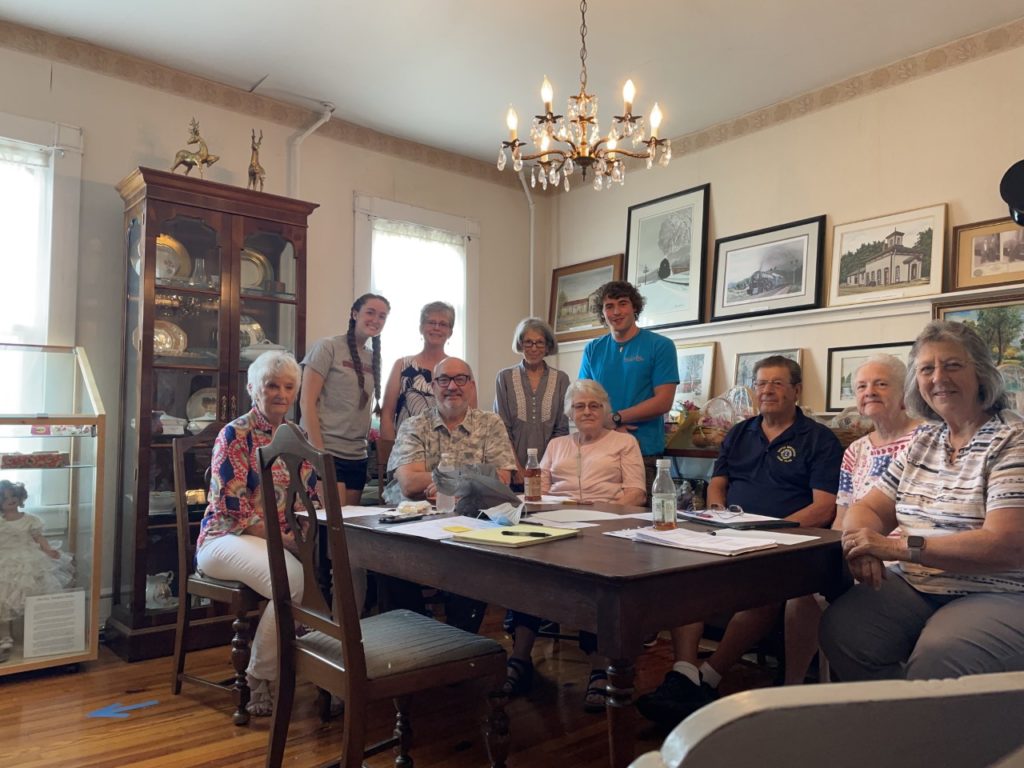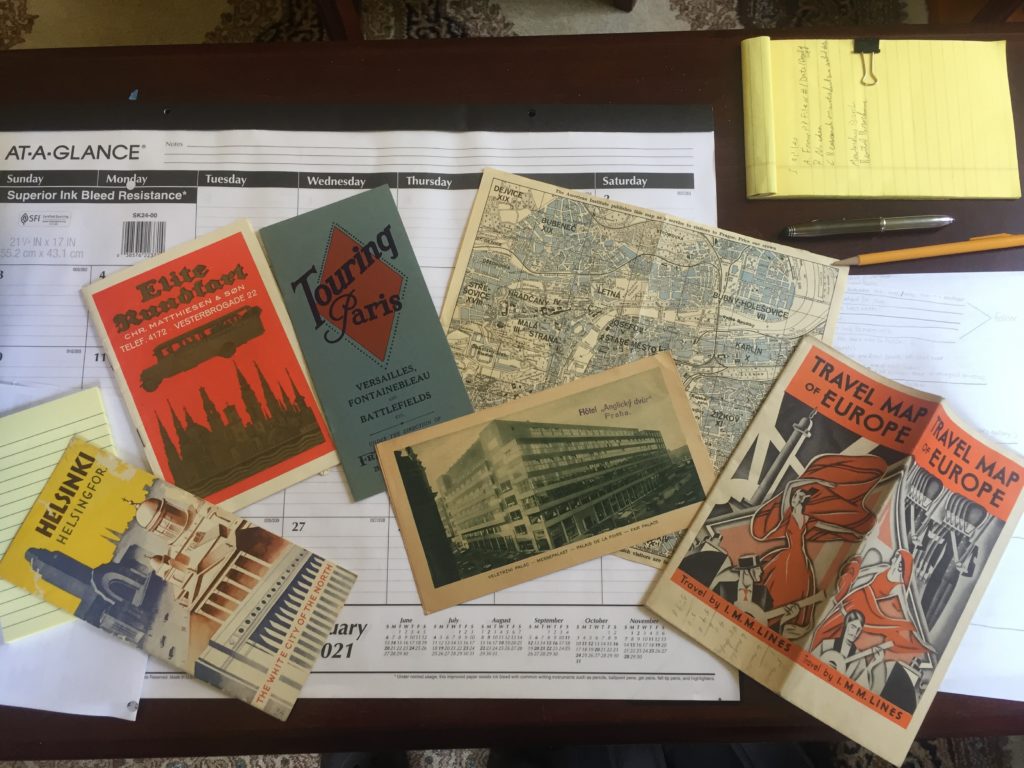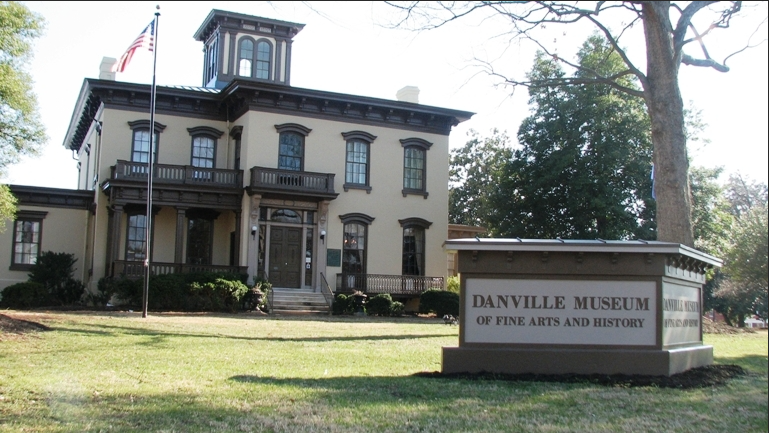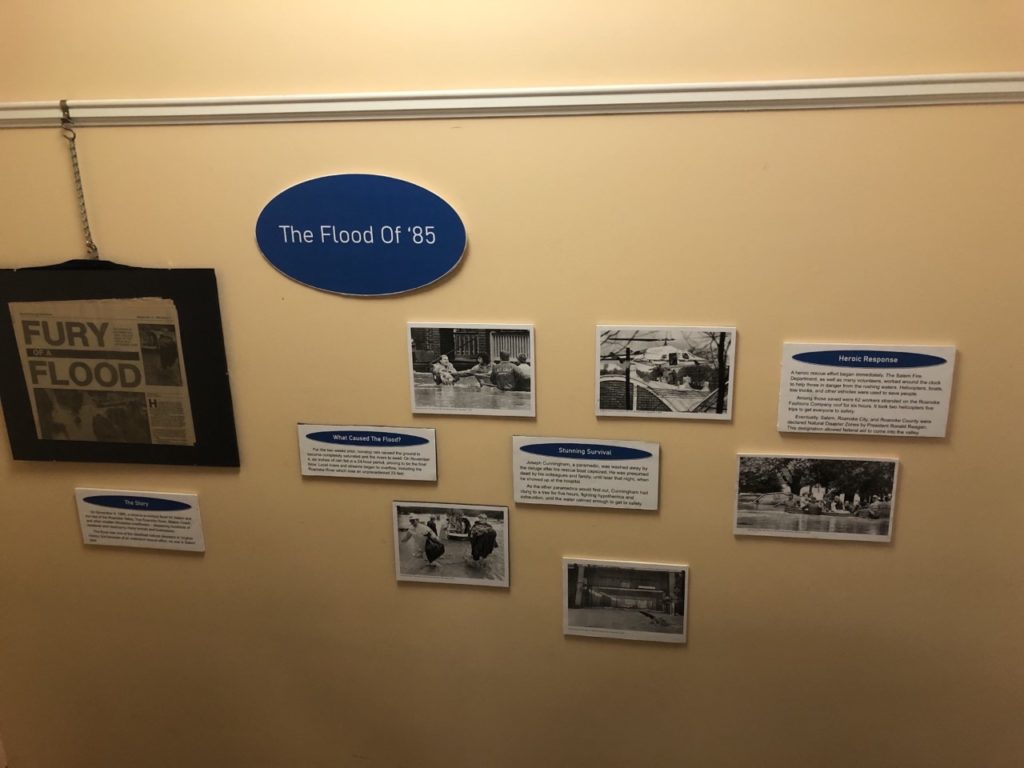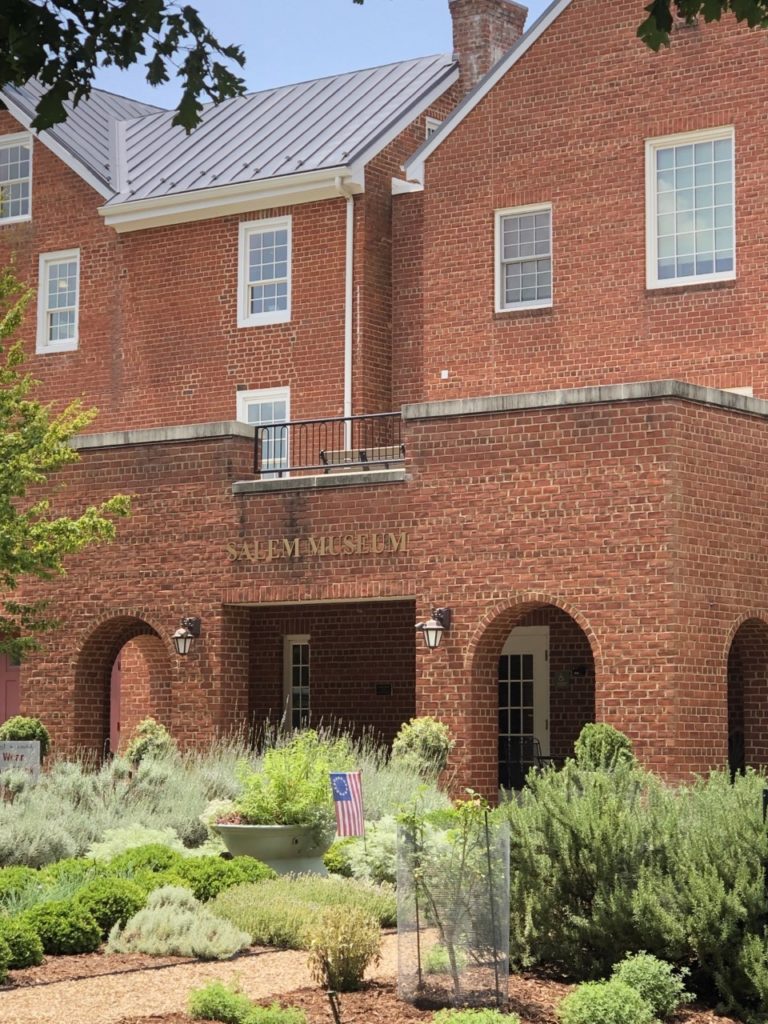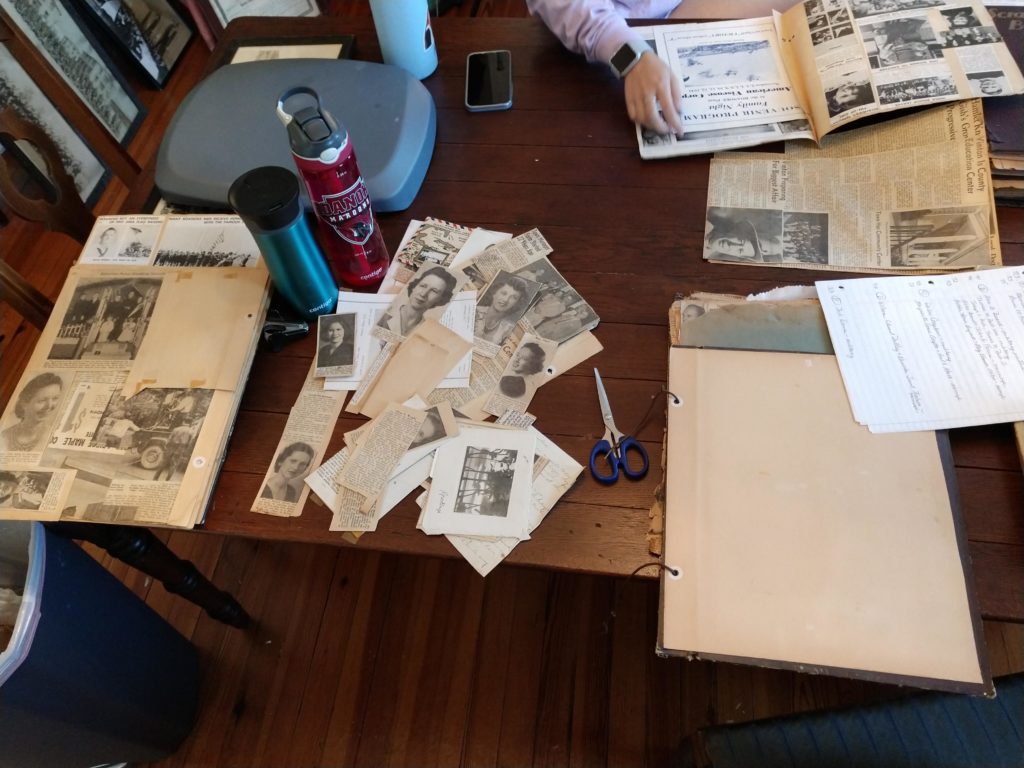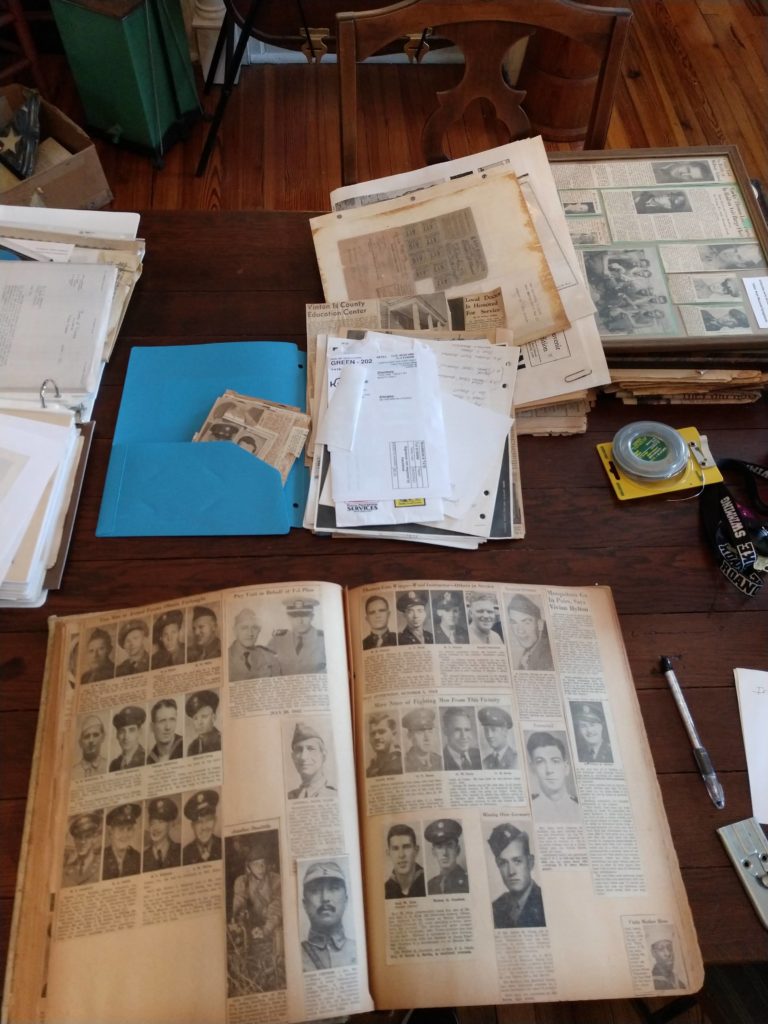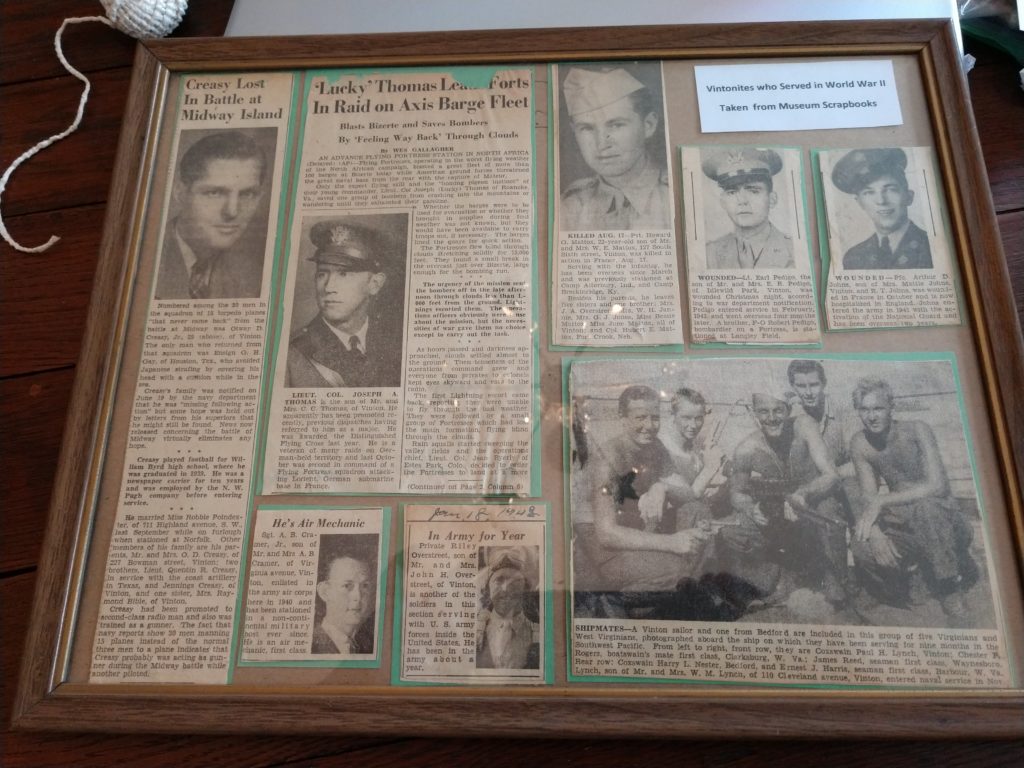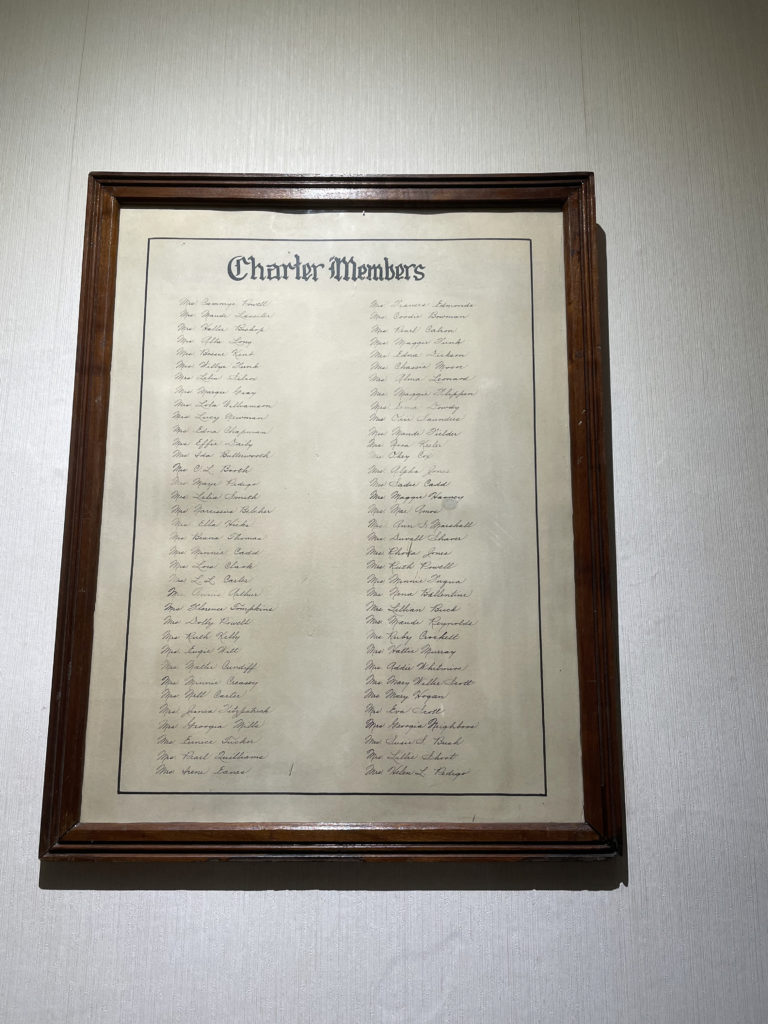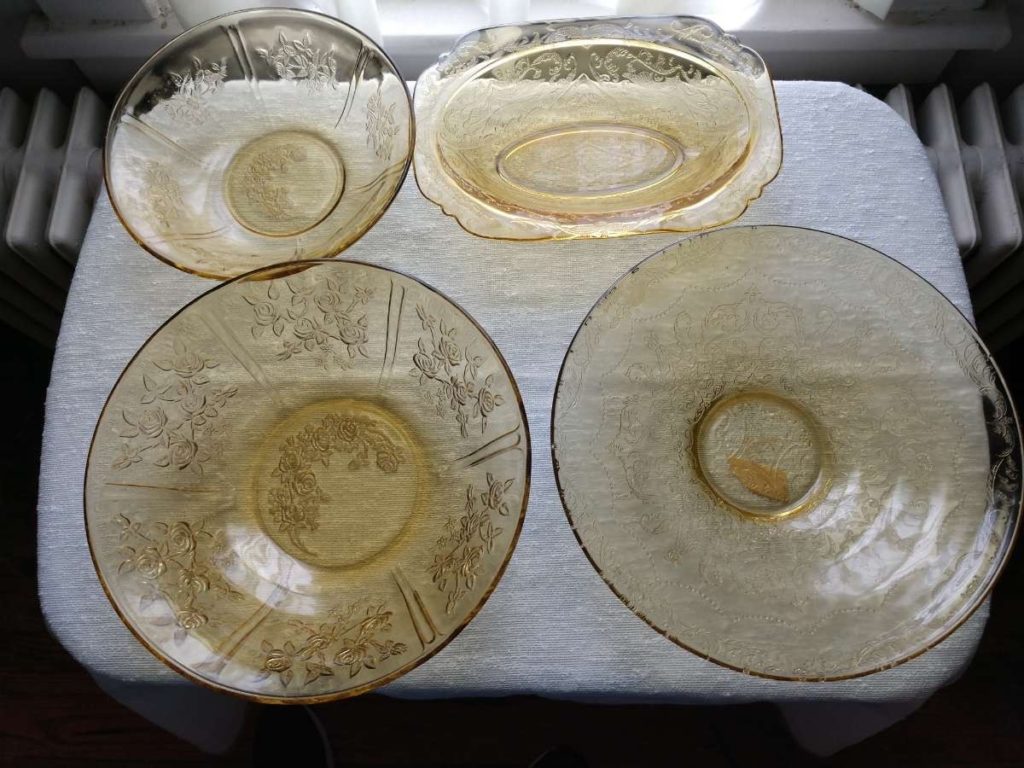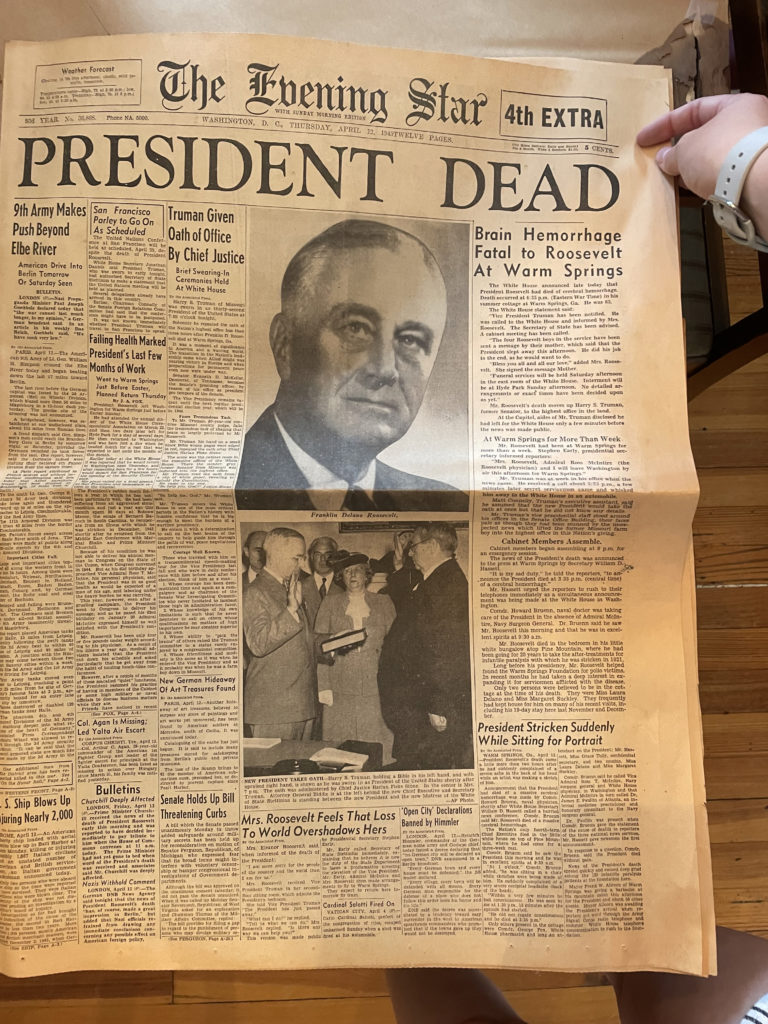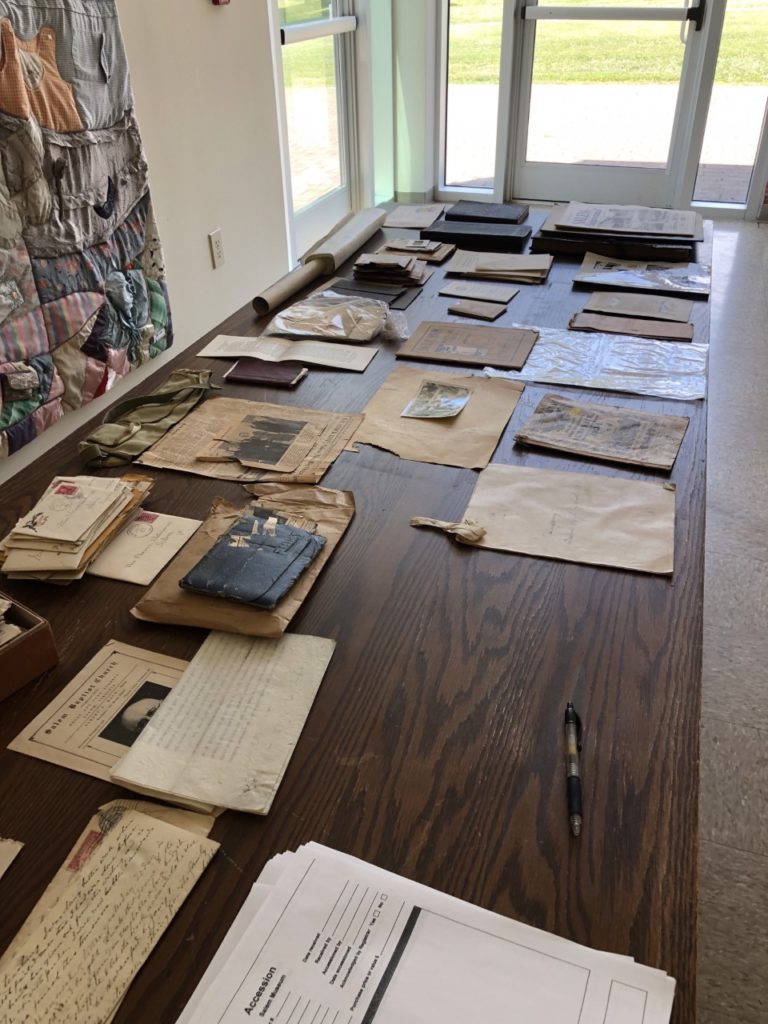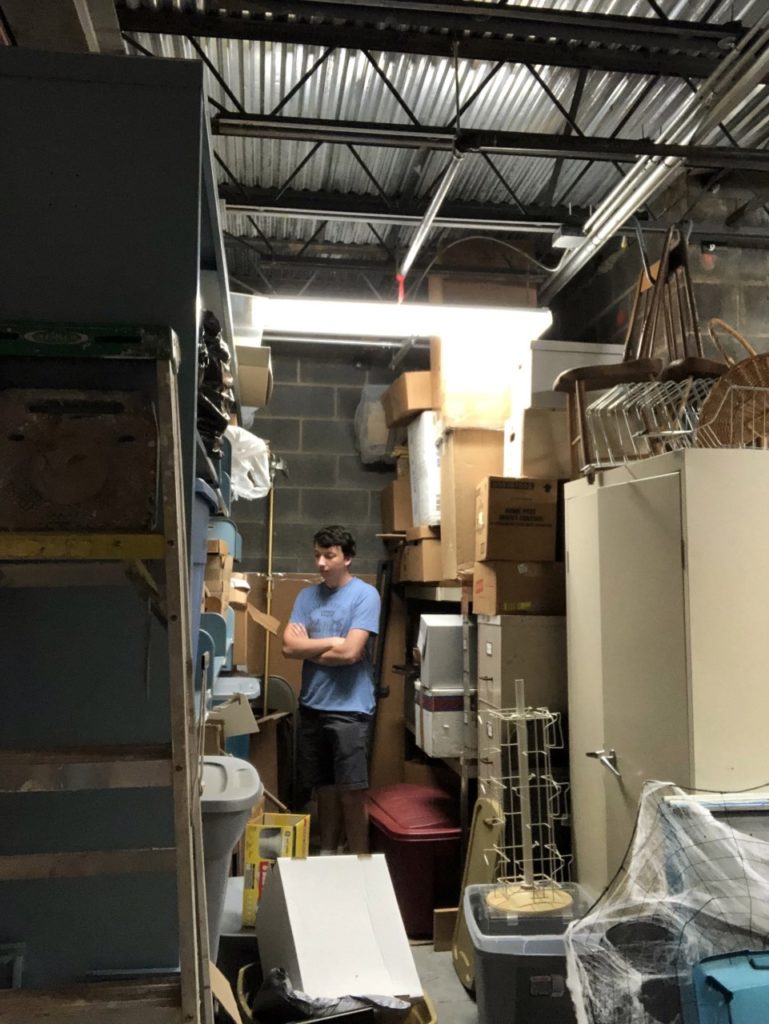Having visited the Salem Museum at various points across my college career it has been eye-opening to witness the behind-the-scenes workings of a museum I have frequented and seen changes come. What has been most interesting is how the audience has been manipulated to move throughout the museum even though the museum is multilevel. How Alex, Fran, and Garrett utilize the space they do have, how those limitations aid but hinder them, and how they maximize what they have access to. I saw this in how they used the stairwell that allows access to the other parts of the museum, that utilizing the stairwell it allowed for other exhibits to be viewed in connection to the other exhibits within the museum. A way for the audience to specifically move through the museum that utilizes the space which may seem like a limitation but now has been occupied by more exhibits.
Another aspect of the museum I had never interacted with is the connection that the museum has with the community but also how it accepts those connections. Seeing firsthand how the museum takes those physical contributions from the community in order to catalog things within the museum itself, being a part of that process has been interesting. For me it was understood that most of the artifacts in museums won’t go into exhibits because of a number of things that limit its ability to be viewed by the public. However, we had a patron come in with an unusual artifact, a map of Germany in German from 1913 on canvas, but because of the nature of the artifact we could not accept it because it would be little use to the Salem Museum. So it was an artifact we found interesting but would be unable to display properly because it has little connection to the curated artifacts of the Salem Museum. She was directed to other museums but because it had little connection to Salem or the surrounding areas of Virginia it would have been difficult to develop or include within a story specific to this area.
Getting phsycial experience acquiring, curating and developing a story behind the current artifacts is something I learned on my first day. Alex had me go through the museum and critique the exhibits from my perspective as an incoming intern. I noticed the layouts, the physical representations of stories and how overall the exhibits connected to one another. For me the connections between exhibits was important because of the layout of the museum itself and I found that the space itself was used well. But also how to create an exhibit or desconstruct one was also important and getting that experience within my first week was interesting. The museum is currently closed due to renovations and the exhibits needed to be moved for those renovations, deconstructing the exhibits also allowed me to see how the exhibits were built. It showed that the placement of things matter, something I had seen within retail work and how the patrons saw what was most intriguing to them; but also how that connected to the overall story being told.


